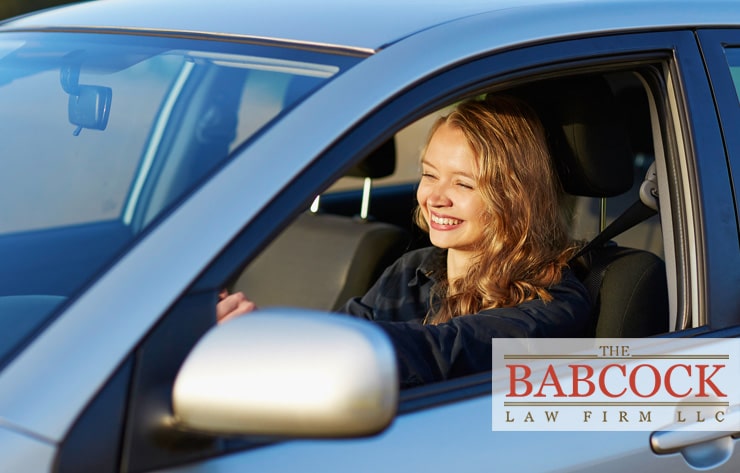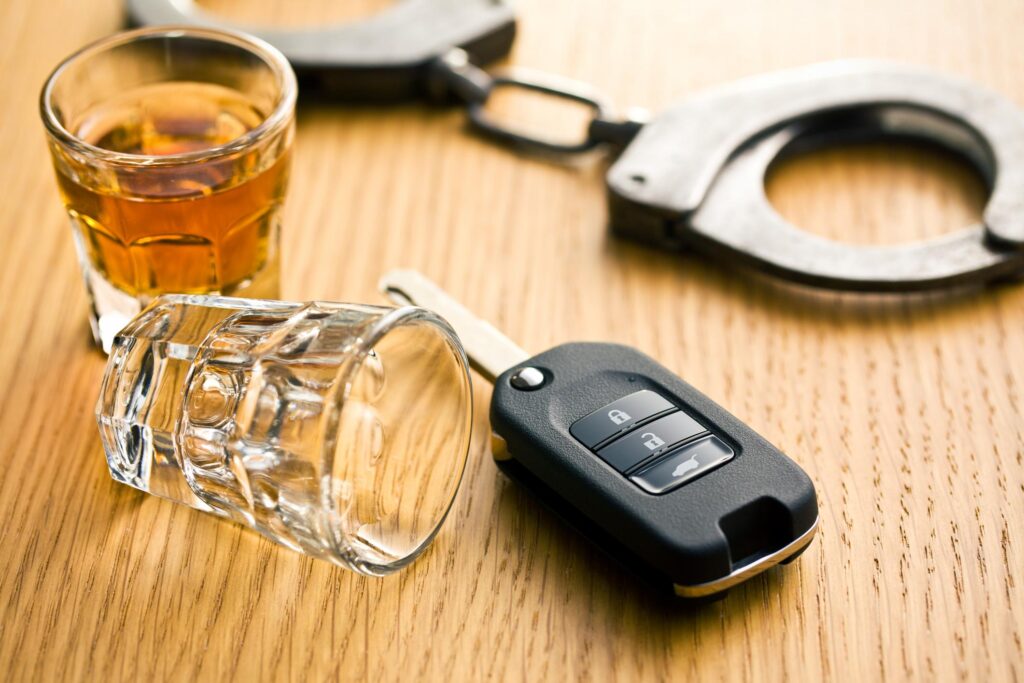
Vital information and statistics every parent and teen should know about drinking and driving
Our kids are constantly exposed to news stories about adults who make the irresponsible decision to drink and drive. For instance, back in 2013, Denver Broncos executive Matt Russell was arrested and charged with DUI after rear-ending a police vehicle while having a blood alcohol content (BAC) higher than the legal limit of .08%.
In response to the incident, Russell issued a statement saying: “I apologize to the Denver Broncos, our fans and the National Football League for this inexcusable mistake. I’m ashamed that I represented this region and the Broncos organization in the manner that I did.”
While an apology is certainly called for, it doesn’t make up for the message our kids may be getting from Russell’s example: that it’s normal (maybe even acceptable) for everyone—NFL executives included—to make poor judgments when it comes to drinking and driving.
So, as a parent, how should you bring up the topic of drunk driving with your impressionable teen driver and let them know that it’s unacceptable?
Facts and statistics on drinking and driving
According to the Centers for Disease Control and Prevention (CDC), each year, around 1 million DUI arrests occur in the U.S., yet surveys suggest this captures just a fraction of actual instances of impaired driving.
In 2020, 11,654 individuals died in crashes involving drunk drivers, marking a 14.3% rise from 2019 and constituting 30% of all U.S. traffic fatalities.
On average, 32 people die daily from alcohol-related crashes, or 1 person every 45 minutes.
The estimated annual financial toll of these fatalities was approximately $123.3 billion in 2020, covering medical expenses and the value of lives lost.
In 2019, about 5% of high school students who drove admitted to drinking before driving in the past month, and around 17% had ridden with a driver who had consumed alcohol during the same period.
Teens, even those with low BAC levels, face a higher risk of crashes when they drink and drive compared to older individuals.
Why teens drink and drive
Not surprisingly, peer pressure is frequently the most common reason behind teen drunk driving. Kids feel pressured to fit in and make friends, so they go against their better judgment to not only consume alcohol but also get behind the wheel when their friends want to go out.
Teens also tend to believe that driving fatalities could never happen to them. This is called the “invincibility mentality,” and many young drivers put themselves and others at risk by disregarding safety because they think they’re immune from harm.
Another common reason teens drink and drive is the fear of punishment if they admit they’re drunk. Young drivers may choose to risk driving to avoid having to call and tell their parents they can’t drive because they consumed alcohol—a decision that could cost them their lives.
5 Critical Steps to Take Following a Drunk Driving Accident
Learn why it’s important to take these steps after a drunk driving accident to protect your rights and ultimately receive the compensation you need.
Penalties for underage drinking and driving
Colorado has a “zero tolerance” policy for underage drinking and driving, often referred to as UDD. Under this law, a person under the age of 21 faces penalties if their BAC is 0.02% or greater.
First underage drinking and driving offense
A first-time offense, colloquially known as a “baby DUI,” is classified as a Class A traffic infraction. While it doesn’t result in jail time, penalties include:
- A 3-month driver’s license suspension
- Fines up to $100
- Up to 24 hours of community service
- A mandated alcohol evaluation, education program, or treatment program
Offenders may also be required to attend alcohol or drug education and treatment programs.
Second underage drinking and driving offense
For a second UDD offense, the charge is elevated to a Class 2 traffic misdemeanor. This can lead to the following penalties:
- Up to 90 days in jail
- Fines up to $300
- Up to 24 hours of community service
Additionally, mandatory participation in an alcohol/drug education program is likely. The driver will also face a 6-month license suspension and have 4 points added to their DMV driving record.
Talking to your teen
Discussing the risks of drinking and driving with your teenager is a crucial conversation that can’t be overlooked. Below are some tips to help guide this important talk:
- Choose the right moment
- Timing is everything. Don’t pick a time when either of you is busy, stressed or distracted. The subject matter is too important to be sandwiched in between other obligations.
- Set the tone
- Be non-judgmental. The goal is to educate, not to accuse. Establish a safe environment where your teen feels comfortable speaking openly.
- Be direct but considerate. Use straightforward language, but consider your teen’s feelings as well.
- Share the facts
- Present statistics. Sometimes, numbers speak louder than words. Teens might not know just how risky drinking and driving is. Share some of the statistics on this page that highlight the dangers.
- Explain the legal consequences. Make sure they understand that drinking and driving is illegal and can result in jail time, large fines, and a loss of driving privileges.
- Discuss health risks. Beyond accidents, alcohol can have long-lasting negative effects on a young person’s developing brain. Make sure they understand these risks.
- Discuss real-life consequences
- Personal stories. Sometimes, stories can have a more lasting impression than statistics. Share any personal stories you might have or those of individuals who have experienced the consequences of drinking and driving.
- Talk about responsibilities. Discuss how drinking and driving can affect their future, including college and job opportunities. A DUI can haunt someone for life.
- Encourage open dialogue
- Ask open-ended questions. Rather than simple yes-or-no questions, ask for their opinion on the subject. This can offer insight into their mindset and give them ownership of the conversation.
- Listen actively. Let them speak, and actively listen to what they’re saying. Your teen should feel like their voice is being heard.
- Offer alternatives and solutions
- Safe ways to get home. Talk about alternative arrangements like designating a driver or using ride-share services if they or someone else has been drinking.
- Emergency plan. Make sure they know they can always call you for a ride with no questions asked.
At The Babcock Law Firm, we encourage you to open up a dialogue with your teen or pre-teen about the dangers of driving while under the influence as soon as possible so that they understand the real risks involved. Feel free to reach out to us if you have any questions or if you need legal advice after suffering an injury in a Colorado car accident caused by someone else’s negligence.
Resources
Impaired Driving: Get the Facts | Transportation Safety | Injury Center | CDC. (2023, July 19).
https://www.cdc.gov/transportationsafety/impaired_driving/impaired-drv_factsheet.html


